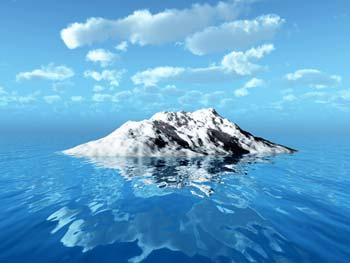Source: Xinhua
03-31-2009 09:22
Special Report: Tech MaxLONDON, March 29 (Xinhua) -- Ancient dust trapped deep in Antarctic ice sheets may come from South America and help uncover details of past climate change, a new study said on Sunday.
 |
| Ancient dust trapped deep in Antarctic ice sheets may come from South America and help uncover details of past climate change, a new study said on Sunday. |
Dust deposition in Antarctic ice sheets was much higher during the last ice age, but the causes of this flux have long been unclear, researchers from universities of Edinburgh, Stirling and Lille, wrote in the journal Nature Geoscience.
Their study, however, shows that the coldest periods of the past 80,000 years correspond with the dustiest periods in Antarctica's past.
At that time, glaciers in Patagonia were at their biggest and dust from them was blown across the ocean to Antarctica, they said.
During warming periods, dust was trapped in melt water which ran into lakes at the edge of the ice, so less dust was blown south to Antarctica.
Dust from the ice cores was analyzed and found to be a close match with mud of the same age in the Magellan Straits, the researchers said, showing that most of the dust originated in this region.
Scientists hope the findings will help them to better understand how the global climate has changed during the past ice age, and so help predict environmental changes in the future.
"Ice cores from the Antarctic ice sheet act as a record of global environment," said Professor David Sugden, of the University of Edinburgh, in a statement.
"However, the dust levels showed some sudden changes which had us puzzled -- until we realized that the Patagonian glaciers were acting as an on/off switch for releasing dust into the atmosphere," Sugden added.
-- Click for more news in Tech Max >>
Editor:Yang Jie
